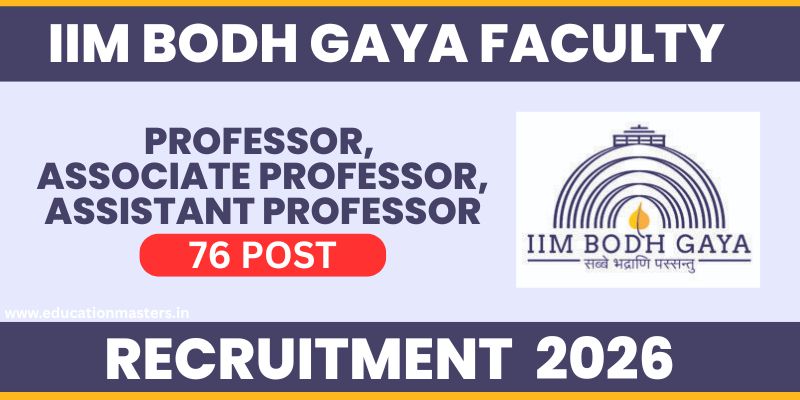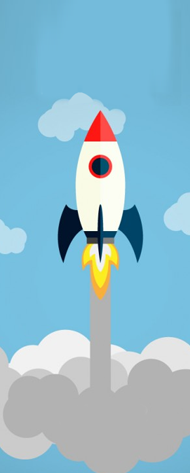Biology is the science that studies life and its physicochemical processes. The research is separated into numerous branches for convenience, including botany, zoology, morphology, etc. Let's do a fun quiz about life science that will help us better our knowledge and prepare for competitive exams.
Subjectwise MCQ
Statewise Prepration
Govt. Examwise MCQ
335 Biology GK MCQ question & Answer in English हिन्दी
The “central dogma” of molecular biology is:
Information flows from DNA to RNA to protein.
Which RNA carries amino acids to the ribosome?
Transfer RNA brings amino acids for protein synthesis.
DNA replication is described as:
Each new DNA has one original and one new strand.
A) Chromosome B) Gene C) DNA D) Nucleus
A gene is a DNA segment that codes for a trait.
Which element is used in the manufacture of matchsticks?
Matchsticks contain sulphur for ignition.
. Which gas turns lime water milky?
CO₂ reacts with limewater (calcium hydroxide) forming calcium carbonate.
. Which part of the brain controls balance and coordination?
Which blood cells help in fighting infections?
WBCs are the immune cells that defend the body against infections.
What is the main function of the large intestine?
The large intestine absorbs water and salts from undigested food, forming solid waste (feces).
Which part of the brain is responsible for thinking and intelligence?
The cerebrum is the largest part of the brain and is responsible for logic, reasoning, memory, and intelligence.
Which gland is known as the "master gland" of the body?
The pituitary gland controls other endocrine glands and many body functions.
Which pigment is responsible for red color in blood?
Hemoglobin contains iron and gives red color by binding with oxygen.
Which microorganism causes AIDS?
HIV (a virus) attacks the immune system, leading to AIDS.
Which process involves the conversion of glucose to energy in cells?
Cellular respiration breaks down glucose to release ATP energy.
Which organ in the human body filters waste from the blood?
Kidneys filter blood, removing urea and excess water as urine.
Which gas is essential for respiration in animals?
Oxygen is required for aerobic respiration to release energy from food..
Which part of the flower becomes the fruit?
After fertilization, the ovary matures into the fruit.
Which blood vessel carries oxygenated blood from the lungs to the heart?
It’s the only vein that carries oxygen-rich blood—from lungs to the left atrium.
Which hormone regulates the metabolism in the human body?
Thyroxine, secreted by the thyroid gland, controls metabolic rate and energy use.
Which vitamin is also known as ascorbic acid?
Vitamin C (ascorbic acid) helps in wound healing, immunity, and iron absorption.
Habitat of an organism refers to:
It's the natural home of an organism.
What is the energy currency of the cell?
ATP stores and transports chemical energy in cells.
Study of fungi is called:
Mycology
. Total number of chromosomes in human body cells is:
Humans have 23 pairs of chromosomes = 46 in total.
. Insulin is secreted by which gland?
Insulin regulates blood glucose levels.
Light-sensitive layer of the eye is:
The retina contains photoreceptor cells (rods and cones).
Movement of water through a semi-permeable membrane is called:
Osmosis is passive movement of water across membranes.
The pigment responsible for the green color of plants is:
Chlorophyll absorbs light for photosynthesis and reflects green.






